How do you know if you’re using a real or a fake hydrosol? And what actually defines what a hydrosol is? Hydrosols, hydrolats, floral waters, distilled waters and aromatic waters are widely interchanged terms that might refer to the same or completely different ingredients.
If you’re a skincare formulator, or even a manufacturer of skin and haircare products you might very often feel confused by ingredients sold under any of these names. Unfortunately, most of these ingredients even have the same INCI name whereas they are in fact referring to different procedures and different end products. Only through asking the supplier about the exact origin and method of manufacturing, will you be able to identify whether you’re using a real or fake hydrosol.
What is a True Hydrosol?
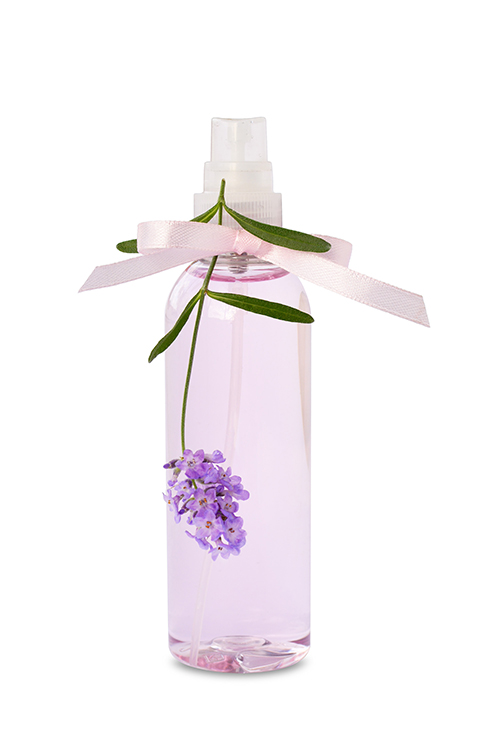
In some parts of the world, hydrosols have been used for centuries in home remedies and by practitioners of traditional medicine. In the western world until recently, hydrosols were often been treated as an unwanted by-product of distillation and discarded (with the exception of rose water). Their popularity and application is increasing together with the rising popularity of natural remedies and organic skincare. These ingredients have INCI names like:
- Rosa damascene flower water
- Artemisia montana leaf water
- Citrus aurantium amara flower water
During the process of steam distillation, vapour passes through parts of the plant such as the leaves, stems, barks, seeds, flowers etc. and breaks the cells containing essential oils and volatile ingredients with a low molecular weight. The vapour is then condensed to water by cooling.
If essential oils are present in any considerable amount, the water usually condenses at the bottom of the container and essential oil and other volatile organic ingredients float on top of the water. The essential oils are then separated, packed and sold and the water that was previously discarded as a by-product is packed and sold as a floral water, hydrosol, distilled water, hydrolat, condensed water and any other terminology used by suppliers.
A true hydrosol is made of condensed water captured after steam distillation. This ingredient is sterile on its own because it has been a hot vapour and almost no microorganisms can tolerate the temperature of steam. The application of steam is a popular sterilisation or disinfection method, depending on the duration of contact and vapour pressure. These waters have both internal and external applications.
Now the confusion begins.
There are at least three other ingredients sold under the name of ‘hydrosols’, ‘hydrolats’ or ‘floral or herbal waters’ which refer to completely different products and procedures. Unless you ask for the exact and complete INCI name of the ingredients and the manufacturing procedure, it is very possible that you might purchase one of these fake hydrosols instead of the true ingredient which is prepared by steam distillation and condensation.
Fake Hydrosol 1: Floral or Herbal Waters with a Solubiliser
We see this type of fake hydrosol frequently as our students unknowingly buy these ingredients, thinking they are purchasing a true hydrosol. However, the supplier has in fact adding an essential oil and solubiliser to water, in order to create this fake hydrosol.
In this case, an essential oil (usually less than 1%) is blended with water and kept in solution by application of a solubiliser. In the best case, the manufacturer uses a naturally derived solubiliser but in most cases they use PEG-based solubilisers such as Polysorbate-20 or PEG-40 hydrogenated castor oil as the solubiliser.
We generally do not recommend application of this type of fake hydrosol. They don’t have the therapeutic properties of true hydrosols and then often contain synthetic solubilisers which may not meet your brand’s ethos.
Most retailers don’t even declare all the added ingredients of these fake hydrosols and audaciously sell them as true hydrosols. We have seen students who paid a fortune for these fake hydrosols only to realise with frustration that they contain solubilisers.
If you want to double check that your hydrosol does not contain solubilisers, make sure you shake the bottle. Solubilisers are surfactants and will foam when you shake your solution. A true hydrosol will not foam through shaking.
A fake hydrosol might contain water + #essentialoil + solubiliser. Shake to see if it foams! Share on XFake Hydrosol 2: Infused Floral Water
This next type of fake hydrosol is very similar to the last example, but does not contain a solubiliser. Infused floral waters are made by infusing approximately 0.1% essential oil in water and agitating the blend.
This fake hydrosol is therefore a blend of distilled water, 0.1% of an essential oil and usually a preservative system. These ingredients are often sold under the name floral or herbal waters. Unless your supplier declares the full INCI name as well as the ingredient’s manufacturing procedure, there is no chance of you being able to tell this fake hydrosol apart from true distilled herbal waters.
The INCI name of this type of fake hydrosol should be something like: Aqua, Essential Oil name + Preservative listing.
Fake Hydrosol 3: Condensed Water
The final category of fake hydrosol is condensed water. These waters are prepared without adding any other ingredients to the water, but are still not true hydrosols.
This ingredient contains the water condensed from the process of drying herbs, flowers, leaves and fruits. Huge volumes of water are evaporated during the drying procedure. Some manufacturers dry vast quantities of herbs, fruits and teas for sale, so they sometimes condense and collect this water instead of just allowing it to evaporate. These individual herbal waters are then sold as e.g. Peppermint water, ginger water, orange water, etc. but still have exactly the same INCI name as a true hydrosol. When the original plant is of organic quality, the water is marketed as organic.
It is very challenging to spot a fake hydrosol. Choose your suppliers well. Share on X
How to spot a Fake Hydrosol
Unfortunately the only way to spot a fake hydrosol is through quizzing your supplier. If your supplier is a re-seller, they may not have all of the information either so be prepared to ask a lot of questions. Any decent ingredients supplier should be able to tell you about their hydrosol manufacturing procedure in detail.
You won’t be able to tell the difference by looking at a fake hydrosol, or even smelling it. These fake hydrosols still contain some of the volatile ingredients of the plant but to a much lesser extent. Nonetheless, they may still smell the same as the essential oil or the true hydrosol.
There is nothing wrong with using one of the fake hydrosols we’ve listed above, but make sure that you always list any additives such as solubilisers and preservatives on the label. You will still need to declare this information to fully comply with cosmetic regulations.
If you want to use true hydrosols, which have all their therapeutic benefits, we recommend you to use only condensed water after steam distillation – this is however a challenge if you’re purchasing your ingredients in small quantities and your suppliers don’t have full information on the origin of their hydrosols.
We recommend finding suppliers who really know the origins of their hydrosols and also know how to preserve them properly (read: Are you buying contaminated hydrosols?). Once you’ve found a supplier who you know and trust, they will be able to work closely with you for many years to come.
How do you verify whether you’re using a true or fake hydrosol? Leave us a comment below and let us know.
FREE TRAINING
Learn how to become an
Organic Skincare Formulator
FREE TRAINING
How to become an
Organic Skincare Entrepreneur
FREE TRAINING
How to become an
Organic Skincare Entrepreneur
Leave us a comment
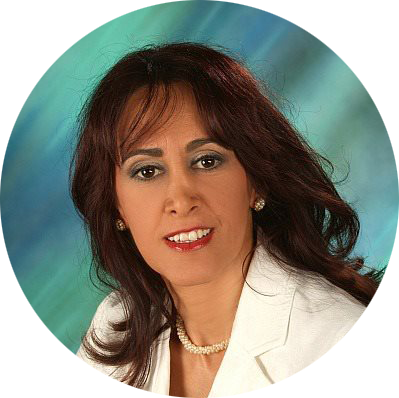
Dr. Elham Eghbali was Formula Botanica’s Cosmetic Chemist between 2014 and 2018. She has over 20 years’ industry experience and is based in Bavaria, Germany. To read more about Formula Botanica’s team, visit our staff page.





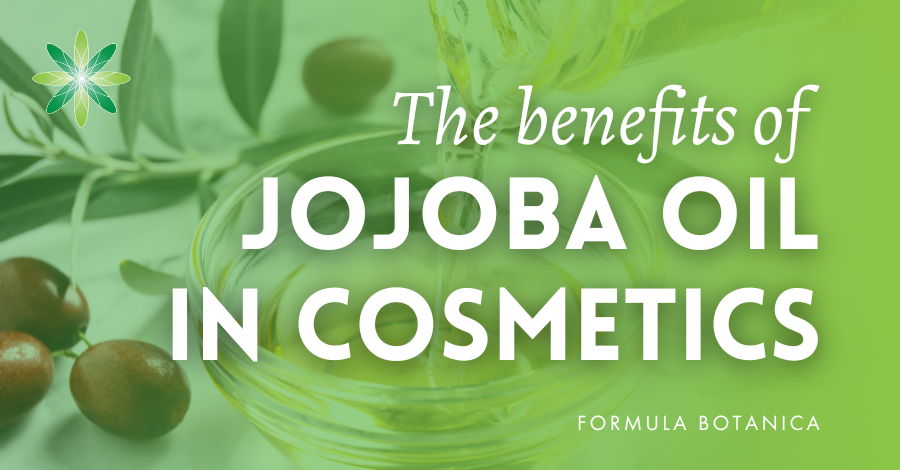

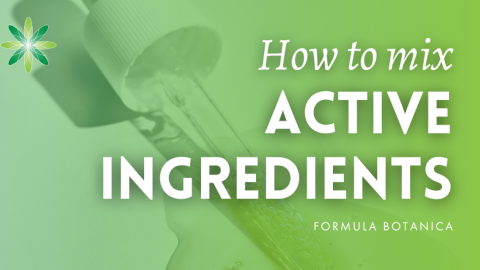
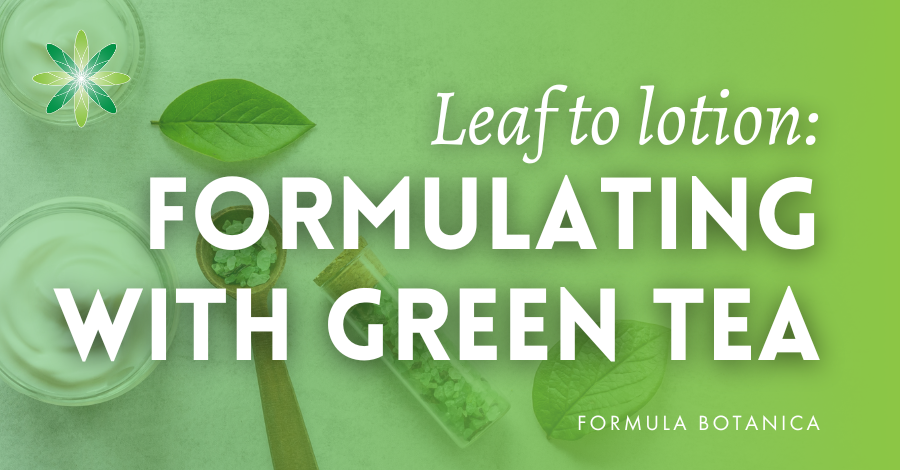



















[…] fillers, and nasty ingredients. Additionally, Formula Botanica has published an article on how to spot a fake hydrosol; the tips can help you make the best choice when purchasing floral […]